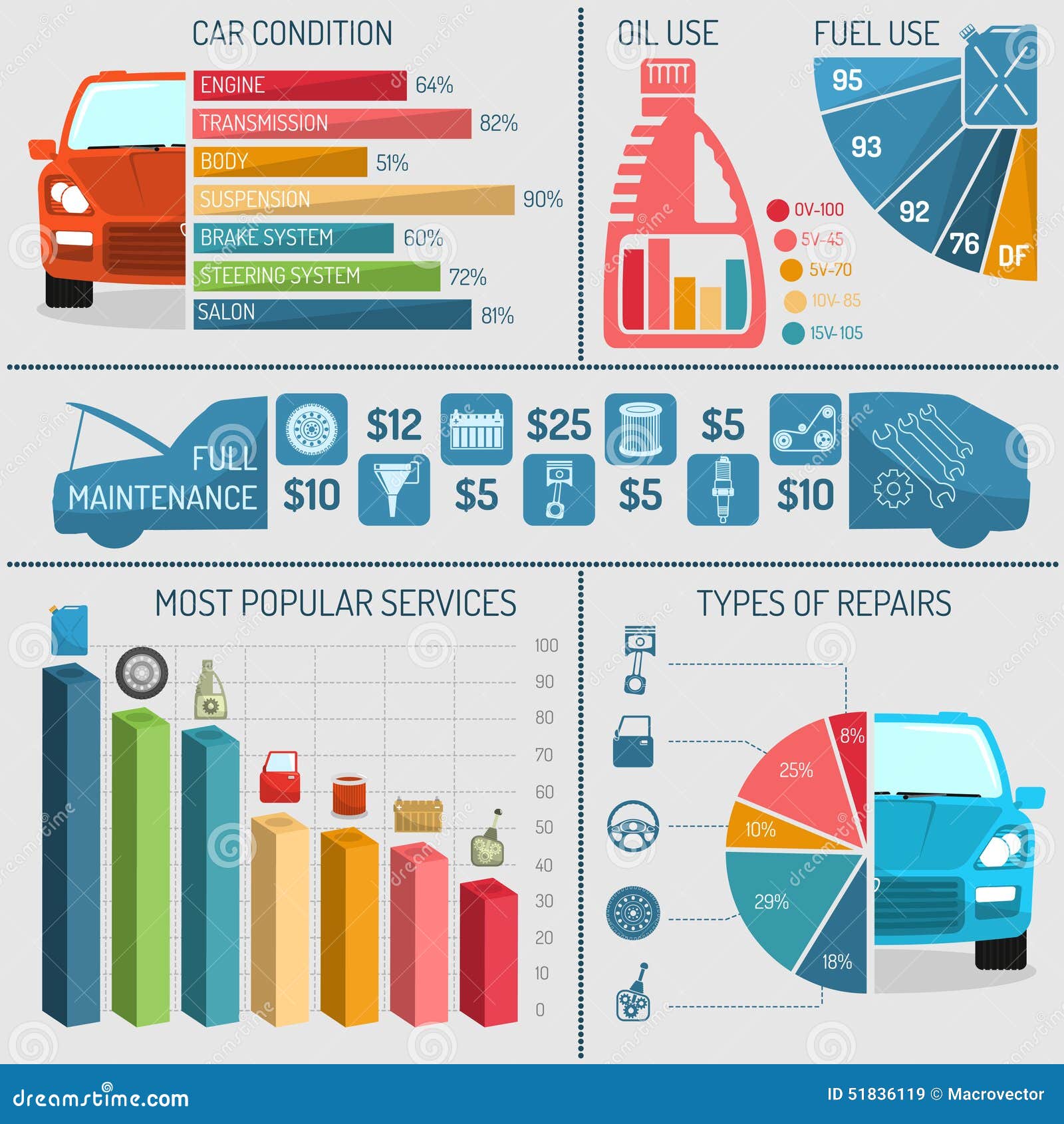Decoding Your Car'S Warning Indicators: What They Genuinely Symbolize
Decoding Your Car'S Warning Indicators: What They Genuinely Symbolize
Blog Article
Created By-Samuelsen Corbett
When you lag the wheel, those glowing caution lights on your control panel can be a bit bewildering. Do you understand what they're trying to tell you concerning your auto's health and wellness? Understanding the value of these lights is essential for your security and the long life of your automobile. So, the next time one of those lights appears, would not you want to decode its message properly and take the required steps to resolve it?
Common Caution Lights and Interpretations
Recognize common caution lights in your car and understand their meanings to ensure risk-free driving.
One of the most regular warning lights consist of the check engine light, which signals problems with the engine or emissions system. If this light comes on, it's important to have your car examined immediately.
The oil pressure cautioning light indicates reduced oil stress, requiring instant attention to avoid engine damage.
A blinking battery light might recommend a malfunctioning billing system, possibly leaving you stranded otherwise attended to.
car wash tracking system (TPMS) light notifies you to low tire stress, impacting lorry security and fuel efficiency. Overlooking this can lead to hazardous driving problems.
The ABS light shows an issue with the anti-lock braking system, compromising your ability to stop swiftly in emergencies.
Finally, the coolant temperature level warning light warns of engine getting too hot, which can lead to extreme damage if not resolved swiftly.
Recognizing these usual warning lights will aid you deal with concerns immediately and preserve risk-free driving conditions.
Value of Prompt Focus
Comprehending the typical caution lights in your car is only the initial step; the significance of promptly addressing these cautions can not be stressed sufficient to guarantee your safety on the road.
When a caution light brightens on your dashboard, it's your vehicle's method of communicating a possible concern that requires interest. Disregarding these warnings can lead to more serious problems down the road, jeopardizing your safety and security and possibly costing you extra in repairs.
Trigger attention to alerting lights can stop breakdowns and crashes. For example, a flashing check engine light could suggest a misfire that, if left neglected, might trigger damages to the catalytic converter. Addressing this immediately can save you from an expensive fixing.
In a similar way, a brake system alerting light could signal low brake liquid or used brake pads, essential components for your safety when driving.
DIY Troubleshooting Tips
If you discover a caution light on your control panel, there are a couple of do it yourself repairing ideas you can attempt prior to looking for specialist aid.
https://www.ksat.com/news/local/2022/07/13/firefighters-battle-heavy-flames-at-auto-repair-shop-and-storage-facility-on-south-side/ is to consult your auto's manual to comprehend what the certain warning light suggests. Often the issue can be as basic as a loosened gas cap triggering the check engine light. Tightening https://brakerepair96173.newbigblog.com/36279944/usual-misconceptions-surrounding-auto-repair-work-cleared-up may settle the issue.
mobile car wash near me is a reduced battery, which can trigger numerous advising lights. Examining the battery links for corrosion and ensuring they're safe and secure could take care of the issue.
If a caution light continues, you can attempt resetting it by detaching the car's battery for a few minutes and then reconnecting it. In addition, examining your automobile's fluid levels, such as oil, coolant, and brake fluid, can assist troubleshoot advising lights associated with these systems.
Final thought
Finally, understanding your vehicle's warning lights is necessary for maintaining your car running efficiently and securely. By quickly resolving these signals and knowing what they suggest, you can prevent costly repair work and prospective break downs.
Remember to consult your cars and truck's handbook for particular details on each alerting light and take action appropriately to make sure a hassle-free driving experience.
Stay notified, remain safe when driving!
